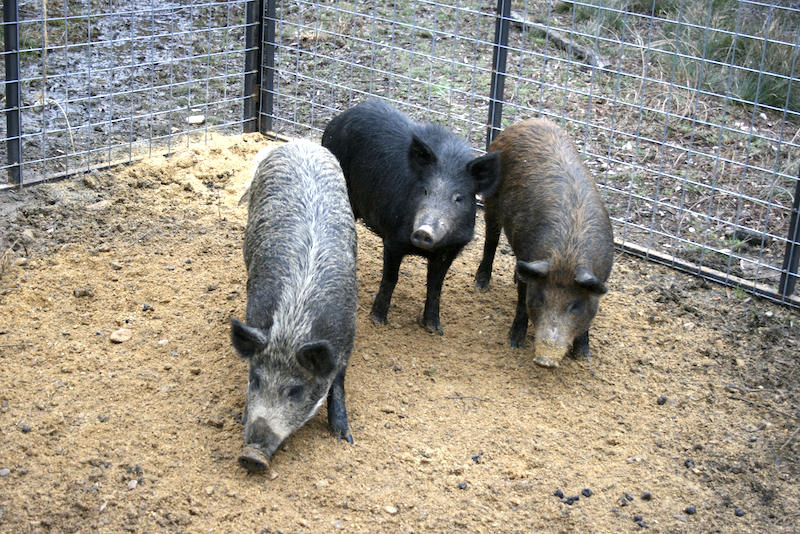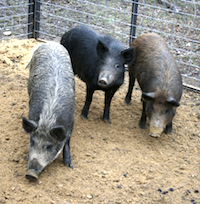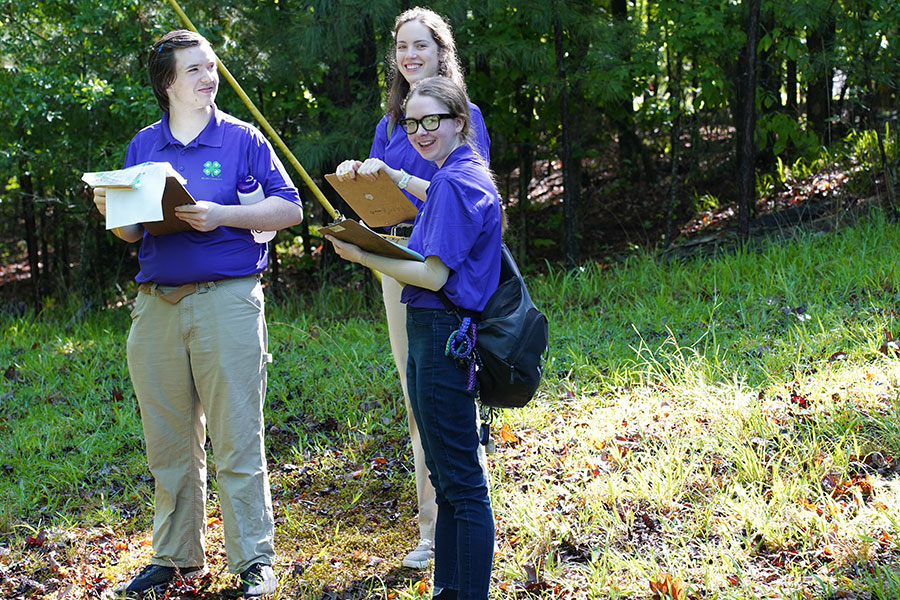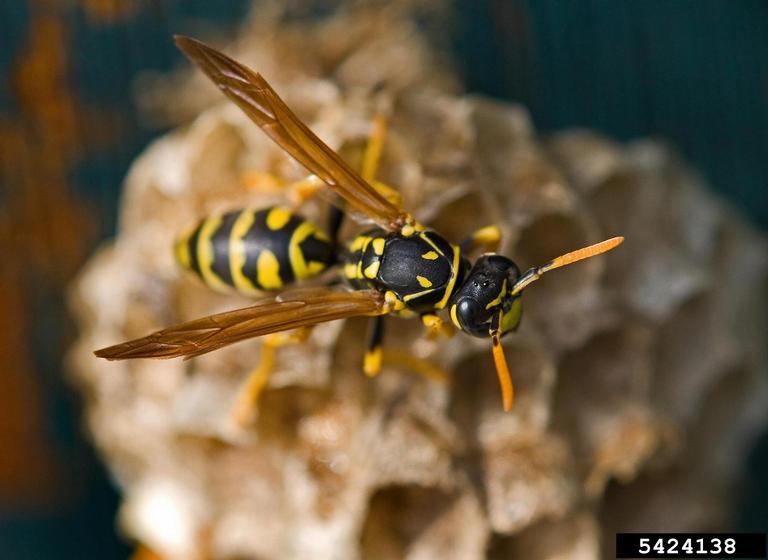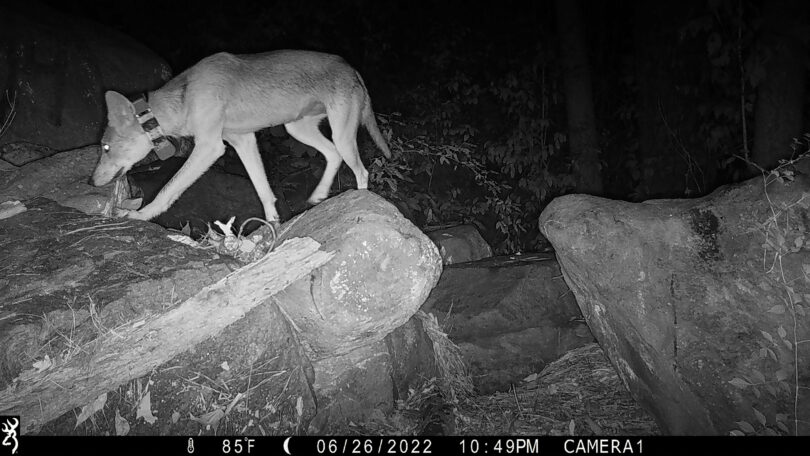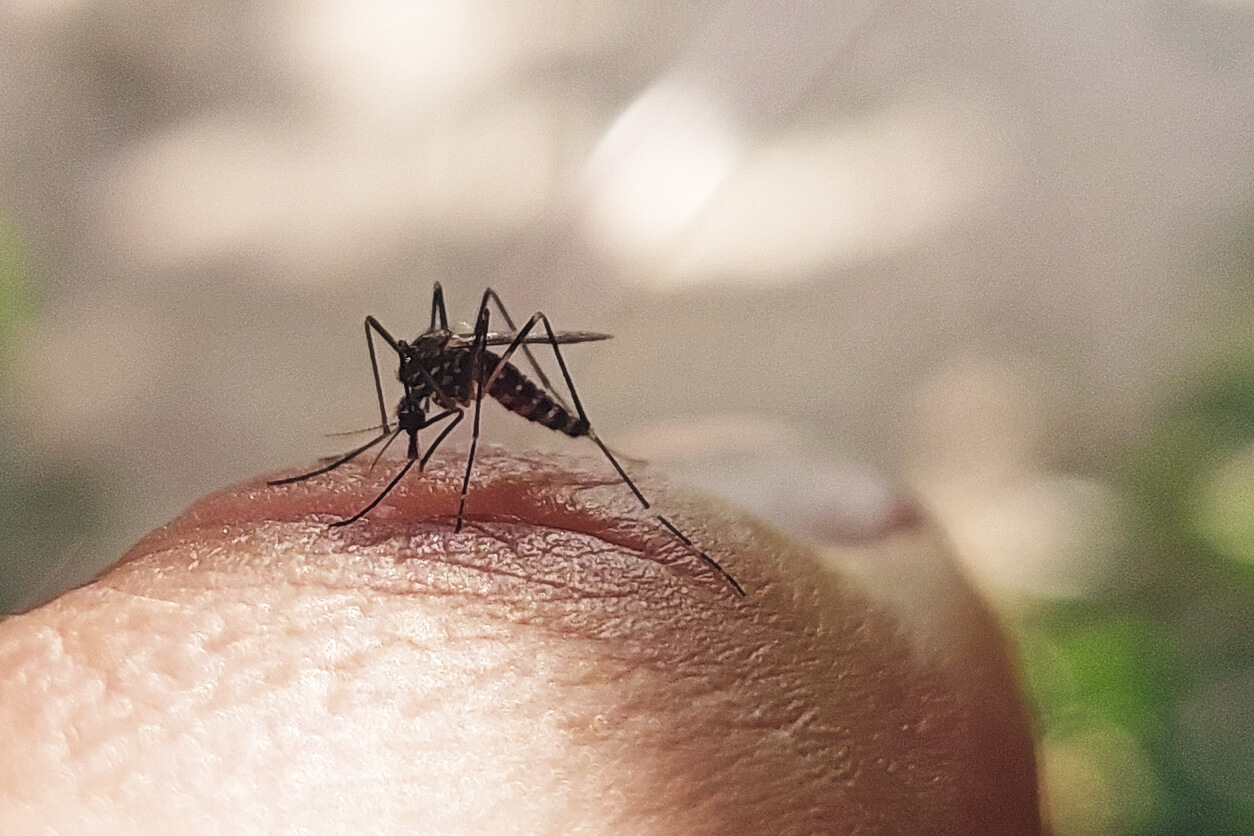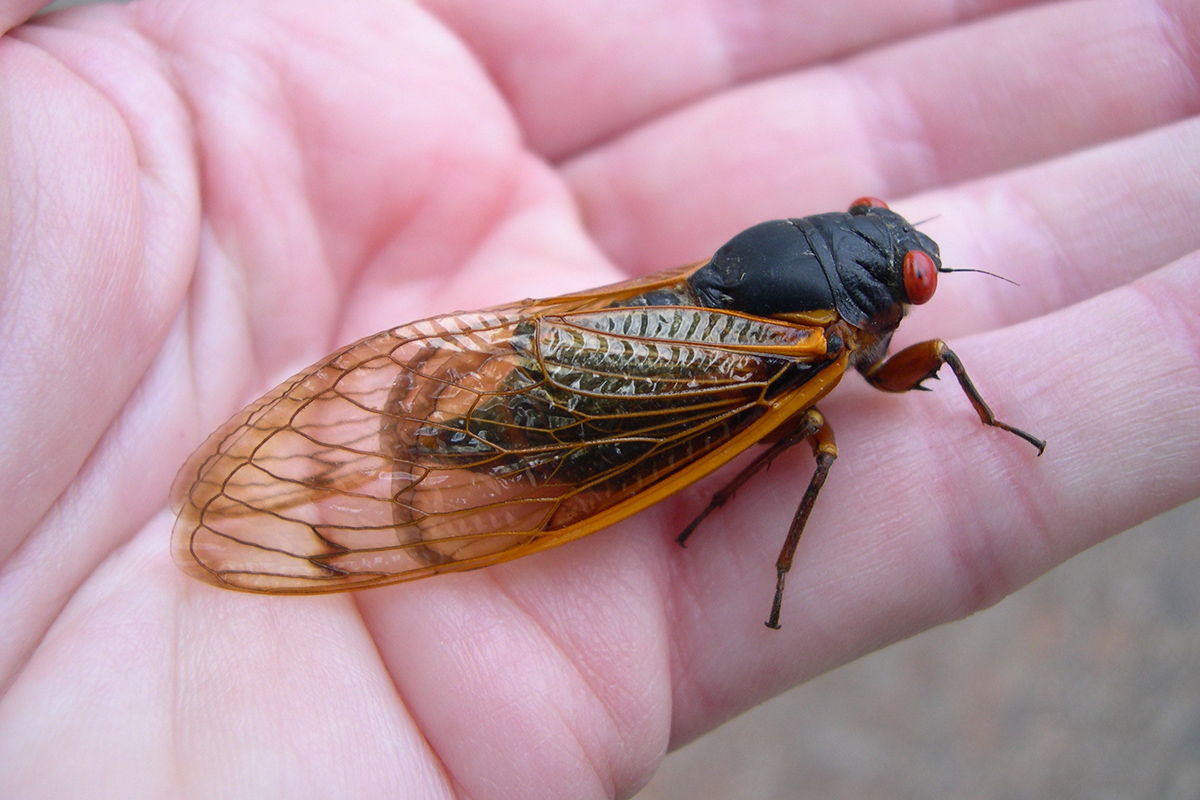Wildlife managers and hunters across the nation manage many properties for the betterment of deer herds, but pest species like wild pigs literally eat into their efforts.
Game feeders are often used to provide high-protein supplemental feeds to increase the body condition, antler size and overall survival rates within deer herds. Every year, thousands of tons of feed are distributed for whitetails, but a portion of that feed is consumed by wild pigs that readily displace native wildlife species.
The optimal plan of action for managing wild pigs is to implement an extensive trapping program focused on removing entire sounders of pigs in one trapping event. However, this is often time-consuming and expensive, and many hunters who lease land are unwilling or unable to implement a trapping program. Without removing wild pigs from the landscape, it is nearly impossible to prevent them from using and damaging wildlife food plots. Fortunately, it is possible to prevent wild pigs from raiding protein feeders.
In a study conducted by the United States Department of Agriculture and Agrilife Extension, researchers erected welded-wire fence enclosures of various heights and evaluated their effectiveness at excluding wild pigs from game feeders. Fence heights of 20, 28 and 34 inches were tested in two phases, during the summer and again during the fall. Game feeders were monitored using infrared cameras for two weeks before and two weeks after the fences were set.
The results showed that 20-inch fences only reduced adult wild pig access, while the 28- and 34-inch fences excluded all wild pigs. The study did not indicate the effectiveness of preventing piglets from accessing the feeders. One would imagine 4- by 4-inch panels used with 28-inch fences would allow piglet access, while graduated panels would not, due to the size of the panel squares.
The study found that adult deer visits to the game feeders did not decline significantly after the fences were erected. However, a different study by Caesar Kleberg Wildlife Research Institute and Texas A&M University found that fencing over 33 inches tall limited fawn access to feeding stations. Therefore, a fenced enclosure between 28 and 33 inches would be optimal for excluding wild pigs from game feeders while still permitting access to deer of all age classes.
The cost of building a 28- to 33-inch tall fenced enclosure that is roughly 28 feet in diameter runs between $187 and $190. This is a worthwhile expense to a manager or hunter when factoring in the amount of feed being consumed by wild pigs instead of whitetail deer. Therefore, when managing your property for whitetails and using game feeders, consider erecting 28- to 33-inch fenced enclosures to prevent wild pigs from consuming protein feeds.
For more research-based information from University of Georgia Cooperative Extension, visit the publications website at extension.uga.edu/publications.

